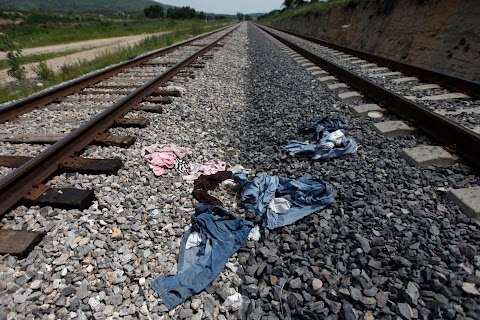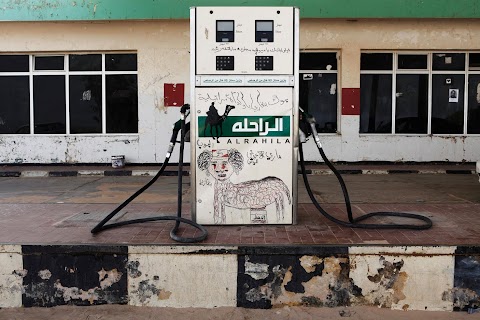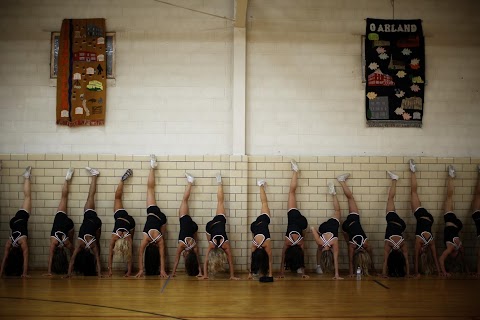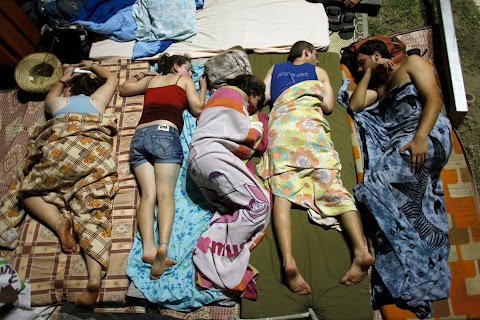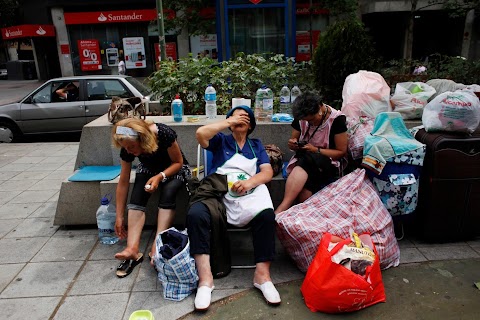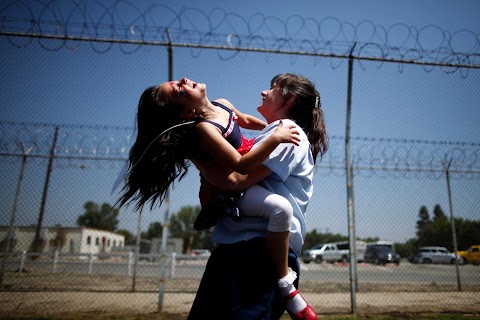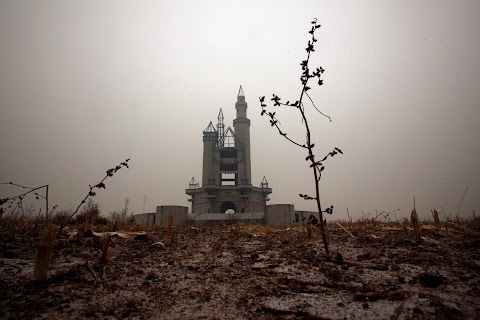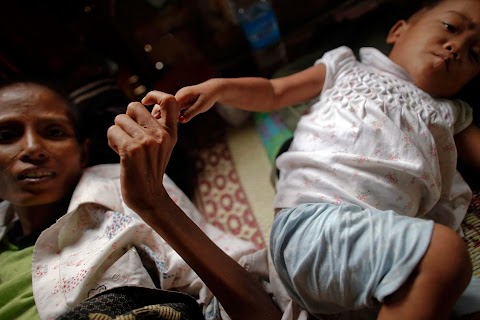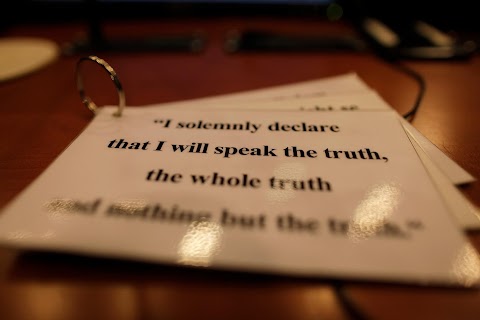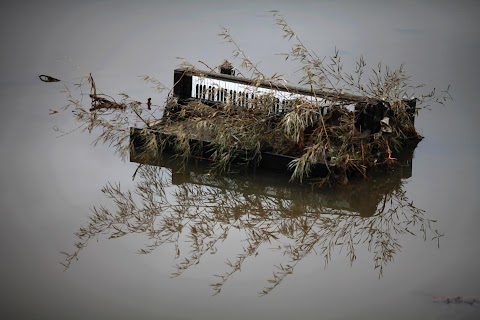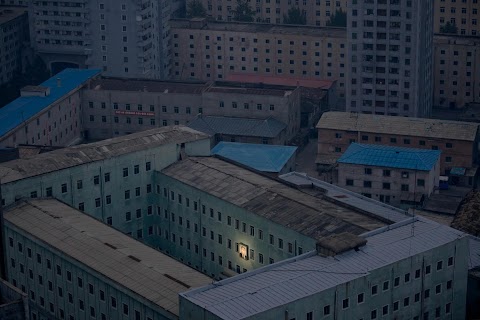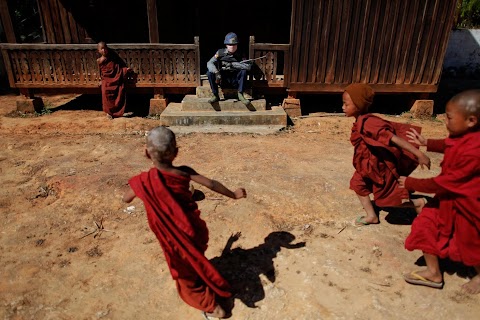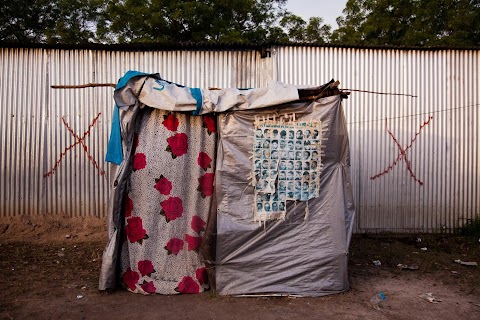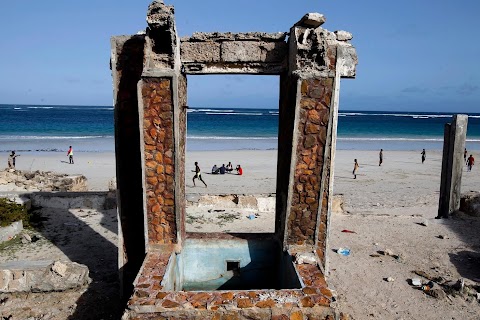
Life in the ruins of Mogadishu
Men sit on a beach in front of a building destroyed during a flight between al Shabaab militants against African Union and Somali Government forces.






Story
Swimming off Mogadishu, a sense of hope
The turquoise waters of the Indian Ocean were too much to resist. I jumped out of my clothes, hopped over the crumbling sea wall and waded out into the frothing waves.
After all, it is not every day you get to swim off Mogadishu, Somalia's ruined capital more commonly associated with feuding warlords, Islamist militants and kidnappings.
For Mogadishu residents who now swarm to the Lido in their thousands on a Friday, a day at the beach brings a sense of newfound liberation after al Qaeda-linked rebels were forced out the city in August last year.
It is a reminder of pre-war days when the city's white-washed colonial waterfront and balmy climate led some to call it the 'Athens of Africa'.
For Dahir Malin, who was only three when Somalia plunged into civil war in 1991, an afternoon playing volleyball on the fine white sand brought hope the city's turbulent history was in the past.
"It's like we live in a real city, not a warzone," said Malin, an IT graduate, now 24 years old.
It was a buzz to dive through the surf off a city where Western journalists have for years had to move around with armed guards, clad in body armor and unable to stay safely in any one location for more than a handful of minutes.
Never mind the lingering risk of suicide bombers, my bureau chief had other concerns when I spoke to him afterwards.
"What about the sharks?" he said.
The seas off Mogadishu used to be infested with killers who dined off offal from the city's butcheries, but the predators are now a prized catch for local fishermen and foreign fleets feeding Asia's appetite for fin soup.
Behind the sea wall, women brewed sweet tea and sold chilled soft drinks out of makeshift coolboxes. Nearby, garishly colored murals of hamburgers and bottles of soda announced the imminent opening of the 'Safaari Caffe', one of several beach bars springing up.
Could Mogadishu really still count itself among the most dangerous cities in the world, I wondered? A single crack of gunfire dealt me a reality check.
I looked towards my security advisor, suddenly feeling rather exposed.
"Most likely just police at a checkpoint," he said.
"From the sound that round made, it barely left the barrel," he said, in reference to the old ammunition still in use.
BOUNCING BACK
The gun still talks loudest in Mogadishu. Heated arguments with automatic rifles pointed at chests flare up out of nowhere.
It is not a place to get complacent.
The beachfront villas that line the Lido, where glamorous couples used to ride vespa scooters down palm-fringed boulevards and diplomats feasted on lobster, are now rubble-strewn shells.
Warring clan warlords plunged the country into anarchy before Islamist al Shabaab militants entered the fray. Much of Mogadishu's splendor vanished under a two-decade storm of bullets and mortar shells.
Overlooking the old port are the blown-out remains of the Aruba hotel, one of Mogadishu's most iconic buildings that is now a base for scores of African peacekeepers.
We waved to signal our presence to machine-gunners stationed behind sandbags in the mortar-blasted arched windows.
The reality is that without the 16,000-strong force, the insurgents who still control large chunks of central and southern Somalia would likely run riot again in Mogadishu.
For now, the coastal city has been given half a chance.
The chink-chink of hammers on construction sites mushrooming across the capital has replaced the rat-a-tat-tat of daily gun battles. The capital boasts a new sports bar serving fresh fruit juices and billboards advertise long-distance learning courses.
In the shadow of an Italian-built tower that once guarded the old harbor, boat builder Shairf Mohamud told me business was brisk.
"Every week we now build two or three new fishing boats," the 50-year-old said, drawing heavily on a cigarette, his face covered in flecks of fiberglass.
"Each boat sells for $1,400. I make a $150 profit on each," said Mohamud, who has doubled his workforce to four men to cope with demand since al Shabaab retreated.
As if rubbing salt in al Shabaab's wounds, Younis Ali, a young sufi militia fighter now integrated into the government forces, enjoyed a day off from the frontline on the northern outskirts of the city.
"We fought for this, we spilled our blood to give people this freedom," said Ali, scanning the crowds frolicking in the water.
"What we are fighting for is for everyone else to enjoy the same kind of peace."















